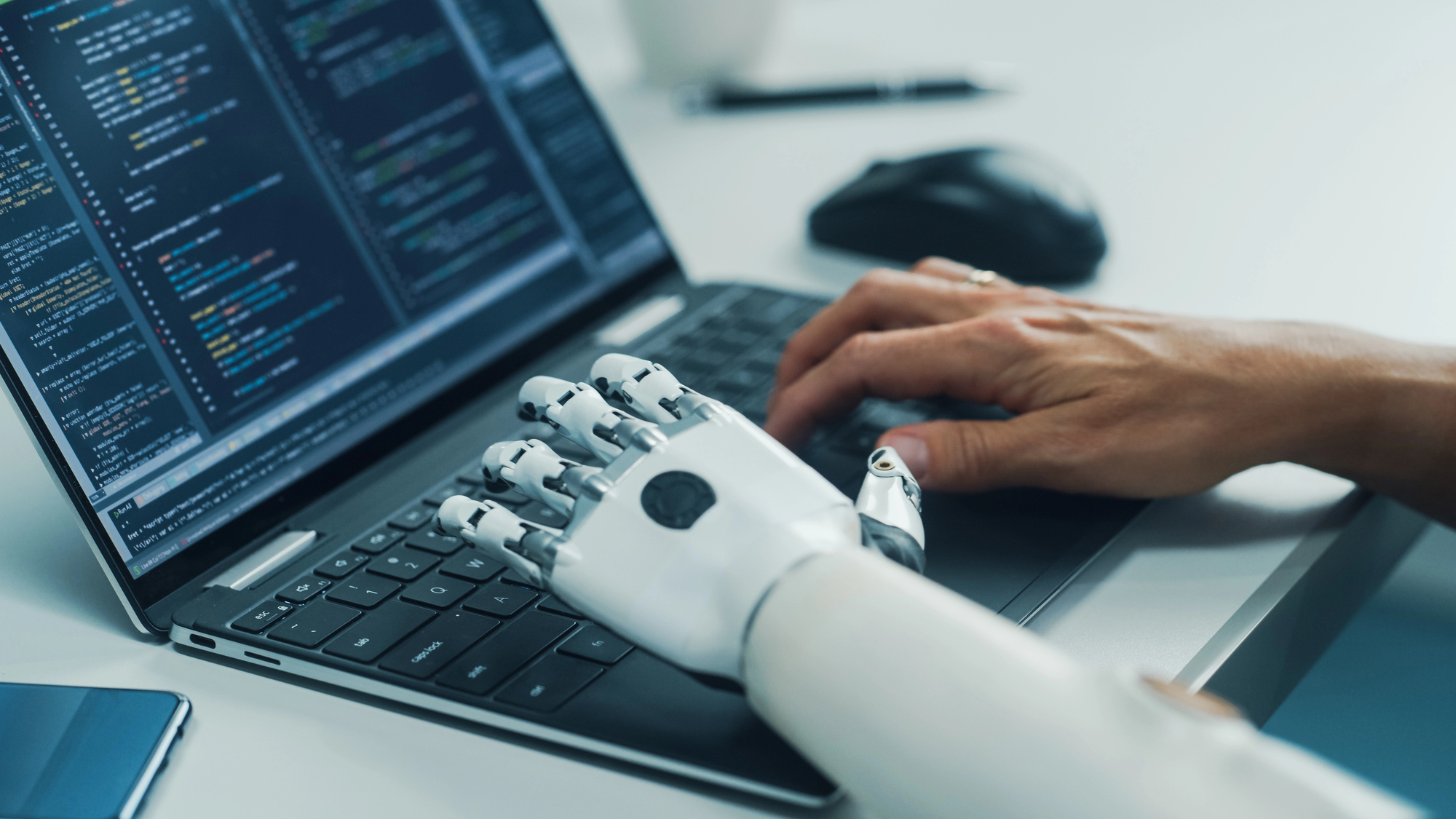Beware! Don’t Accidentally Hire a Robot
Think of it like checking that little box we all see on websites: “I’m not a robot.”
But in the business world, sometimes that box isn’t enough. It’s possible to mistakenly hire a robot—or worse, let in a malicious actor.
Artificial intelligence and digital technologies have not only increased efficiency in the business world, but also created new opportunities for cybercriminals. State-sponsored actors, especially from North Korea, are increasingly using sophisticated methods to infiltrate the global job market and generate revenue. One of the most recent examples was the case of world-renowned cybersecurity company KnowBe4. The company thought it had successfully hired a software engineer after a flawless recruitment process, but it had actually brought a North Korean cyber agent inside.
KnowBe4 had opened a position last year for a software engineer to join its internal AI team. Standard procedures were followed: résumés collected, interviews held, background checks and reference verifications carried out. Everything looked clean, so the candidate was hired and sent a Mac workstation. But as soon as the device arrived, it began installing malicious software.
The recruitment process seemed convincing. The HR team conducted four separate video interviews with the candidate. The image matched the photo in the application. Background checks also came back clean because the applicant was using a stolen but valid U.S.-based identity. The photo, later revealed, had been manipulated with AI. Further investigation showed that the employee was in fact a fake IT worker tied to North Korea.
“IT Laptop Farms”
In such scams, the fake employee requests the workstation be shipped to a certain address. They then connect to the system via VPN from North Korea or China. To appear active during U.S. business hours, they work overnight shifts. They seem to do their jobs, get paid, and funnel most of the earnings to fund North Korea’s illicit activities.
KnowBe4 managed to contain the incident before it escalated, thanks to restrictions on new hires’ access to critical systems. But the case highlighted, once again, the crucial points in recruitment and security processes.
A Large-Scale Threat
This case shows how far state-sponsored and organized crime groups using fake identities have advanced. With advanced AI tools, stolen identities, and VPN technologies, highly convincing fake candidates can now be created. This proves how critical it is for recruitment, HR, and cybersecurity processes to work together.
The KnowBe4 incident demonstrates how sophisticated cyber threats have become—and that they’re no longer limited to purely technical attacks. With AI-generated images, stolen IDs, and VPNs, even recruitment processes themselves are now targeted.
- Coordination between HR, IT, and security teams is vital.
- Recruitment processes have become the first line of defense in cybersecurity.
- Continuous monitoring and awareness training are companies’ strongest safeguards.
In short, in the digital age, security requires a holistic approach that covers not just systems, but people as well.
Lessons from This Incident
- None of us are immune.
If even a security firm can be deceived, sectors from manufacturing to finance, tourism to retail all face similar risks. - Recruitment is now a matter of strategic risk management.
What was once solely HR’s responsibility now requires IT and security collaboration. “Hiring the right person” means not just cultural fit but also protection against cyber threats. - Identity is fragile in the AI era.
AI-assisted fake photos, deepfake videos, and stolen IDs can easily bypass “standard” verification checks. This adds a new layer of risk managers cannot afford to overlook. - Transparency is a reputational investment.
Instead of hiding the incident, KnowBe4 openly shared it with the public. While it may have seemed like a “reputation loss” in the short term, in the long run it built trust.
Source: https://blog.knowbe4.com/how-a-north-korean-fake-it-worker-tried-to-infiltrate-us

